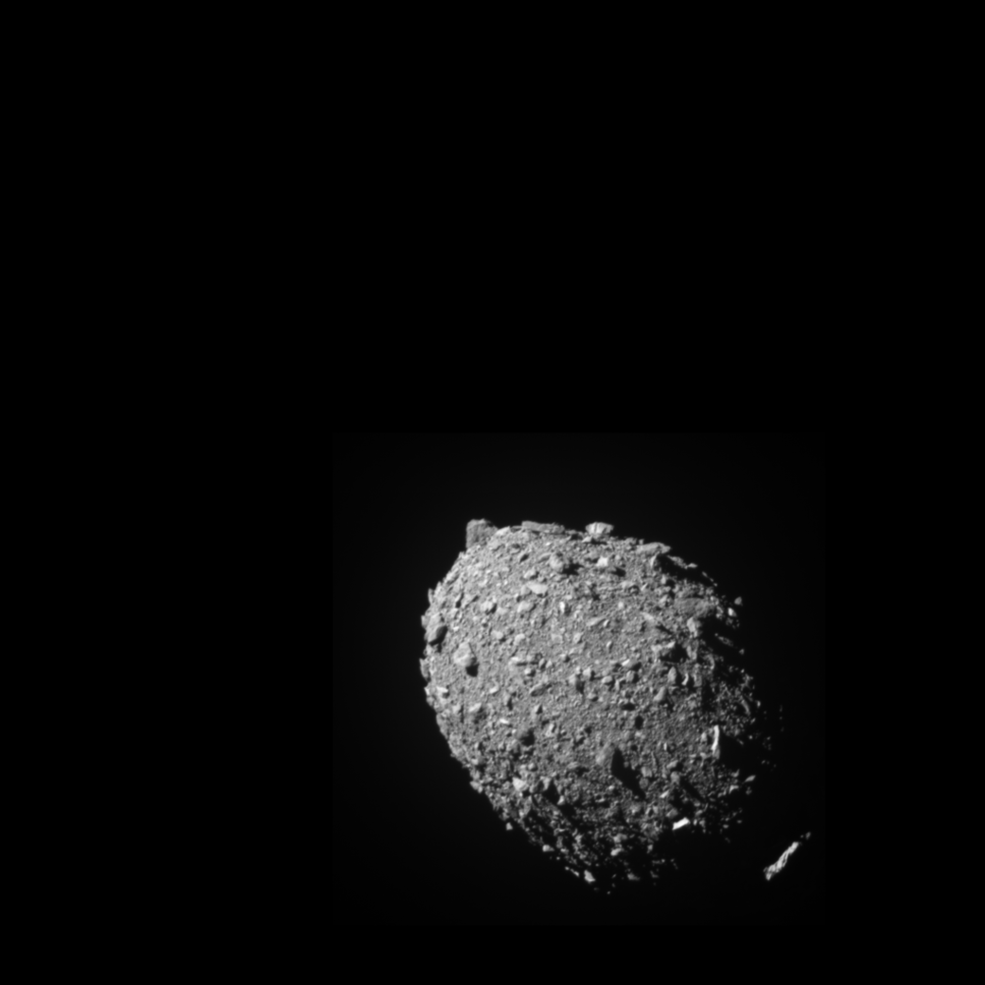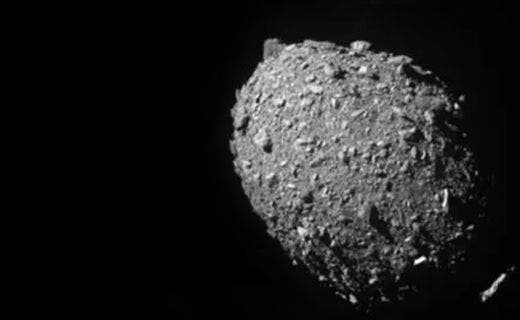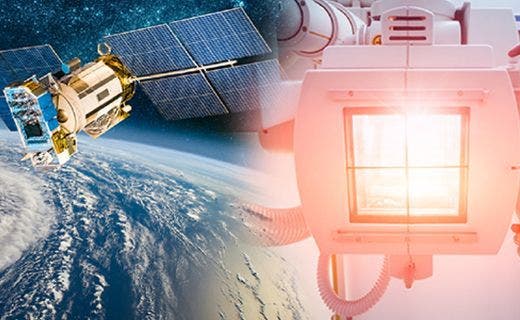On Monday evening (US time) NASA successfully crashed a spacecraft into an asteroid, hopefully resulting in a change of course for the asteroid.
The investigation team at NASA will now observe Dimorphos (Greek word meaning two-forms) using ground-based telescopes to confirm that the Double Asteroid Redirection Test (DART)’s impact altered the asteroid’s orbit around Didymos (Greek word meaning twin). Researchers expect the impact to shorten Dimorphos’ orbit by about 1%, or roughly 10 minutes; precisely measuring how much the asteroid was deflected is one of the primary purposes of the full-scale test.
While this asteroid posed no threat to Earth, NASA have shown a viable mitigation technique for protecting the planet from an Earth-bound asteroid or comet, if one were discovered.

Scientific advancements often make us think, is this Sci-Fi, or is this real life?
Reading ‘planetary defence’ feels like something straight out of 1998’s Armageddon, but this is reality. While fictional dystopian futures often involve impending doom from asteroids, this planetary defence test is very real and shows just how far we have advanced scientifically in recent years.
I have always been fascinated by NASA and the research which is being conducted in space. The events this week have really triggered my thoughts about the latest advances in physics and materials engineering.
Last week, together with Andrian Nixon of the Nixene Journal, and James Baker of the Graphene Engineering Innovation Centre, we recorded Goodfellow's latest Materials Inside Podcast in which we spoke all about graphene, the future of materials science, Space Elevators, and an advanced materials library. Space Elevators will be a physical link between space stations and Earth, while at the same time, an advanced materials library will be readily available for every application – an exciting prospect for any materials scientist or engineer.
Combining my discussions last week with this week’s advancements in space, I’m beginning to believe that a space elevator may actually become a reality within my lifetime and knowing we may also have developed the ability to protect ourselves and our own immediate area in space will be vital to the continuation of these plans.
Goodfellow’s Technical Manager, Dr. Aphrodite Tomou.
Being able to watch NASA’s latest experiment live really brought the excitement of space back into our homes, a feeling hankering back to 1969. The images of Dimorphos getting closer and closer had all of us on the edge of our seats.

Asteroid moonlet Dimorphos as seen by the DART spacecraft 11 seconds before impact. DART’s on-board DRACO imager captured this image from a distance of 42 miles (68 kilometres). This image was the last to contain all of Dimorphos in the field of view. Dimorphos is roughly 525 feet (160 meters) in length. Dimorphos’ north is toward the top of the image.
Credits: NASA/Johns Hopkins APL
What is DART and why have I not heard about it before now?
While the excitement of DART seems to have come out of nowhere, the spacecraft has spent 10 months flying in space before successfully impacting its asteroid target on Monday, NASA’s first attempt to move an asteroid in space.
Mission control at the Johns Hopkins Applied Physics Laboratory (APL) in Laurel, Maryland, announced the successful impact at 7:14 p.m. EDT.
DART targeted the asteroid moonlet Dimorphos, a small body just 530 feet (160 meters) in diameter. It orbits a larger, 2,560-foot (780-meter) asteroid called Didymos.
DART was the first-ever mission dedicated to investigating and demonstrating one method of asteroid deflection by changing an asteroid’s motion in space through kinetic impact. DART impacted Dimorphos to change its orbit within the binary system, and the DART Investigation Team will compare the results of DART’s kinetic impact with Dimorphos to highly detailed computer simulations of kinetic impacts on asteroids. Doing so will evaluate the effectiveness of this mitigation approach and assess how best to apply it to future planetary defence scenarios.

Goodfellow has been involved with several projects within the aerospace sector and our products have even reached Titan, one of Saturn's moons. If you have any projects or queries within this sector, or beyond, get in touch.









